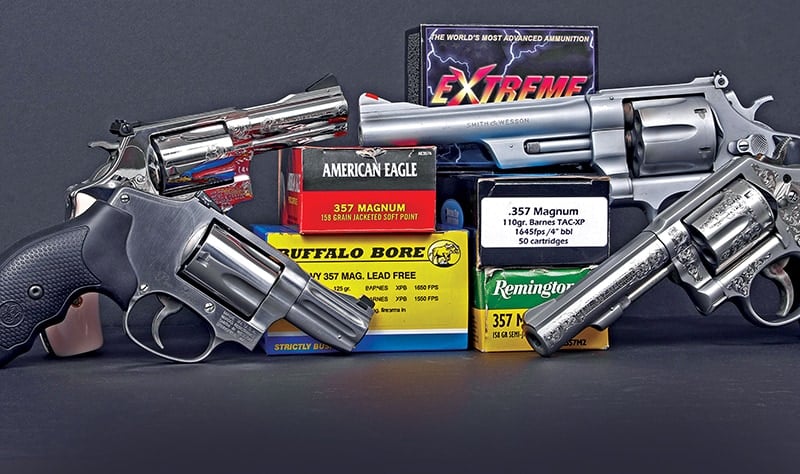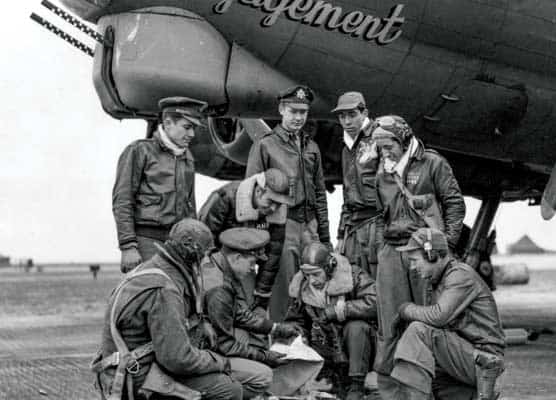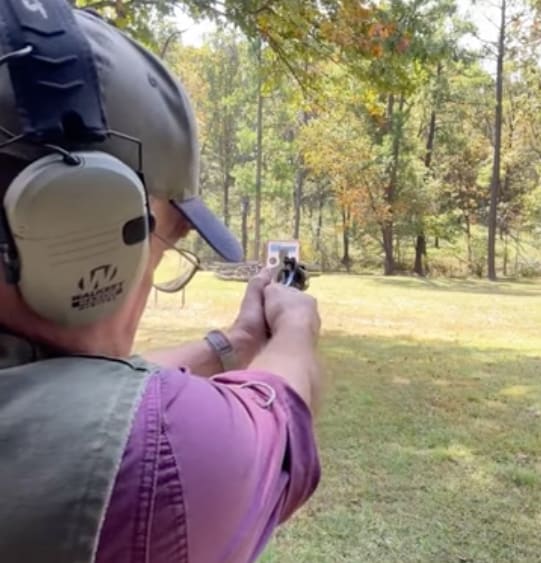How Fast is Fast: Over-thinking Velocity
One of the more common letters I get here are readers worrying if their self-defense load is adequate. Regardless of the caliber, they still worry. They often say, “The forums are full of a mixed bag of opinions, but I hesitate to trust comments from anyone who is unwilling to even sign their name. I know who you guys are, know the articles are vetted, and trust you — can you help me out?” One thing they usually bring up first, is the velocity of their chosen load.
While forums and websites can offer solid info, you’re smart to balance it with other resources. Your personal experience, books, articles, a trusted friend’s opinions, etc. all serve to find a common denominator. Once the chaff floats away, what remains is probably pretty good to rely on. Right off the top — and we’ll prove this in a future issue with a new, groundbreaking stopping power article — any handgun caliber (from 9mm/.38 Special on up), loaded with reliable, modern defensive ammunition, will do the job to protect you. And amazingly enough, in our study we learned virtually any caliber, from 9mm to .44 Mag, takes from one to two shots to stop a bad guy. The final numbers showed around 55 percent are stopped within one to two shots — regardless of caliber! There truly are no magic bullets or calibers, and shot placement and penetration are paramount.
But still, many of you are caught up in the velocity issue. “Yeah, but isn’t 1,257 fps better than 1,245 fps? It is, isn’t it? Isn’t it?” And then you invest hard-earned dollars chasing that velocity nirvana, which is, I might add, mostly a complete waste of your time. Huh? Did he just say that?
I’ve been doing some work with Ruger’s new M77 .357 Magnum bolt action rifle. A very cool, short, light rifle, just made for kids and recoil-sensitive shooters. So, I had a fairly good selection of .357 Mag loads on-hand. I thought, hey, let’s shoot them in a wide range of barrel lengths and see just what velocity changes might occur. And then, let’s ask if any of it really matters in the real world? Check out the chart, and we’ll chat about it a bit.
Let’s think about that stopping power/velocity question I hear so often. Our bullet weights ranged from 110 grains to 160 grains, and velocities of the .357s ranged from a low of 944 fps (Extreme Shock 160 gr.) in the 2.25″ Performance Center .357 J-frame, to a high of 1,496 fps (Buffalo Bore 140-gr. Barnes) in the 6.5″ Highway Patrolman. I tossed in the rifle velocities just for fun so you could see what happens when you bring a rifle to a handgun fight, even when using some pistol calibers. The Ruger gave 1,957 with that same Buffalo Bore load, and 2,080 with DoubleTap’s 110 Barnes. Once you reach near 2,000 fps, serious things begin to happen, and then velocity tends to work well — but not so much before then.
But what did we learn? As far as handgun loads go, I learned you don’t want to shoot heavy .357 loads in J-frame guns, especially in lightweight models. Muzzleblast is shocking (I can’t imagine firing one without hearing protection, like at night in your bedroom …) and the palm-slapping recoil borders on uncontrollable. Just don’t do it. But look at those velocities — any of the loads tested, from the low of 944 to the high of 1,496 would be very capable self-defense loads. And, if it were me, I’d lean toward the moderate ones, with heavier bullets, so they aren’t so much of a handful. Check out how the velocity of some loads increased with barrel length, and not so much for others. The more consistent loads often offer good performance in shorter barrels since the powders seem to burn well in shorter barrels. The penalty in recoil, muzzleblast, controllability and cost when you move from 950 fps to 1,450 fps is extreme, while the stopping power increase is hard to measure in the real world. Read that sentence again. Stopped is stopped, regardless of the velocity.
I threw in the 148-gr. .38 Special wadcutters just for fun. Note from 2.25″ to 6.5″ you don’t gain a thing. As a matter of fact, other than the slight increase in the 4″ gun (normal velocity variances) it was very consistent. That’s why that load if so accurate, and burns cleanly in short-barreled guns. Gel testing I’ve done shows 148-gr. lead wadcutters often penetrate 14″ or more, and offer mild recoil and no muzzle flash. Hmm … maybe velocity isn’t that important after all? Before you get hysterical, think this over some more and hang-loose until we run that stopping power article soon.
Unless you’re approaching rifle velocities, why beat yourself and your handguns up worrying about a gain of 100 or even 300 fps or so? A 950 fps bullet of adequate design will stop someone virtually as well as the same bullet at 1,250 fps, and sometimes better — so it’s time to stop worrying. If you’re hunting, velocity and bullet construction can be very important, but not as much as you might think. We’ll talk about that another time. A bunch of stuff to think about, I’d say?






